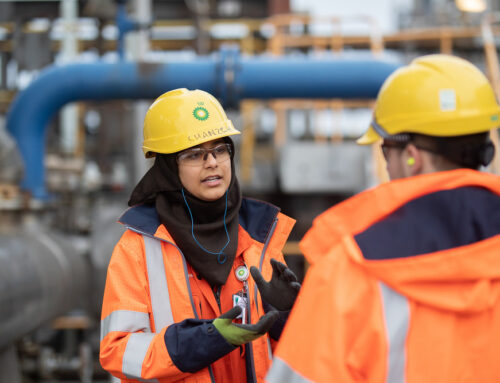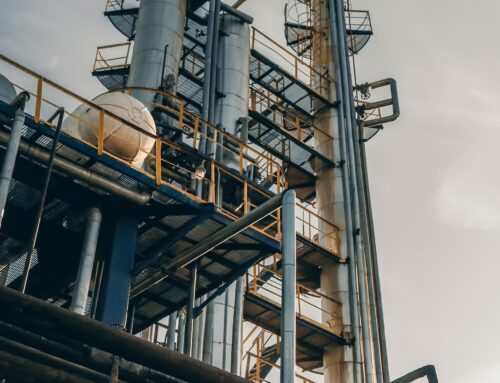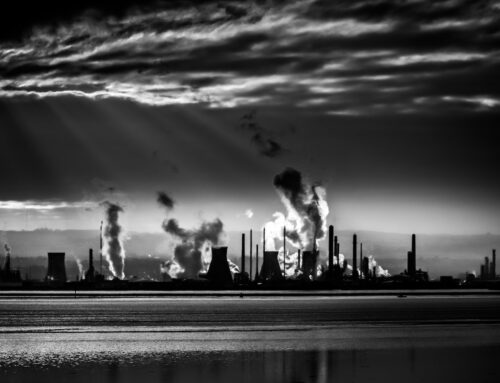The Concept of a Circular Economy
In today’s world, where sustainability and environmental consciousness have taken center stage, the circular economy model is gaining significant attention. Unlike the traditional linear economy, which follows a “take-make-dispose” process, the circular economy aims to reuse, recycle, and regenerate materials, products, and energy to minimize waste and maximize resource utilization.
Petrochemicals: Essential Components of Modern Life
Petrochemicals play a crucial role in our daily lives. These chemical compounds, derived from petroleum or natural gas, are used to manufacture an extensive range of products we rely on, including plastics, synthetic fibers, pharmaceuticals, fertilizers, and many other household and industrial goods.
However, due to their extensive use, petrochemicals are also a significant contributor to environmental pollution and waste accumulation. The linear economy’s approach to managing petrochemical products has led to severe consequences for our planet.
Transitioning to a Circular Petrochemical Economy
To address the environmental challenges caused by petrochemicals, the industry is now embracing a circular economy approach. This transformation involves minimizing the extraction of fossil fuels, designing products with recyclability in mind, and finding alternative methods to produce petrochemicals sustainably.
Through advancements in technology and innovation, the circular petrochemical economy is making significant progress. Several strategies are being employed:
- Chemical Recycling: This method allows the recycling of complex petrochemical products, such as plastics, back into their basic molecular units. These can then be used to produce new materials, reducing the need for virgin petrochemicals.
- Bio-based Feedstocks: By using renewable resources like biomass, the petrochemical industry can reduce its reliance on fossil fuels. Bio-based feedstocks enable the production of environmentally friendly alternatives without compromising performance.
- Product Design and Biodegradability: Encouraging the development of products that are easily recyclable and biodegradable helps avoid waste accumulation. This includes exploring innovative materials and manufacturing techniques to create sustainable alternatives.
- Resource Efficiency: By optimizing production processes, improving energy efficiency, and reducing waste generation, the petrochemical industry can minimize its environmental footprint.
The Benefits of a Circular Petrochemical Economy
The adoption of circular practices in the petrochemical industry brings numerous advantages:
- Reduced Waste: Circular petrochemical systems minimize waste generation and promote efficient resource use, resulting in a cleaner and more sustainable environment.
- Energy Conservation: Shifting toward a circular economy helps reduce the consumption of energy resources during production and processing.
- Job Creation and Economic Growth: The circular petrochemical economy creates new employment opportunities and fosters economic growth through innovative business models and technologies.
- Sustainable Development: By embracing circularity, the petrochemical sector takes significant steps towards achieving the United Nations’ Sustainable Development Goals, particularly in terms of responsible consumption and production.
Conclusion
The transition towards a circular petrochemical economy is an essential step in mitigating the environmental impact of the petrochemical industry. By embracing innovative solutions and reducing waste generation, this sector can lead the way towards a more sustainable future.





